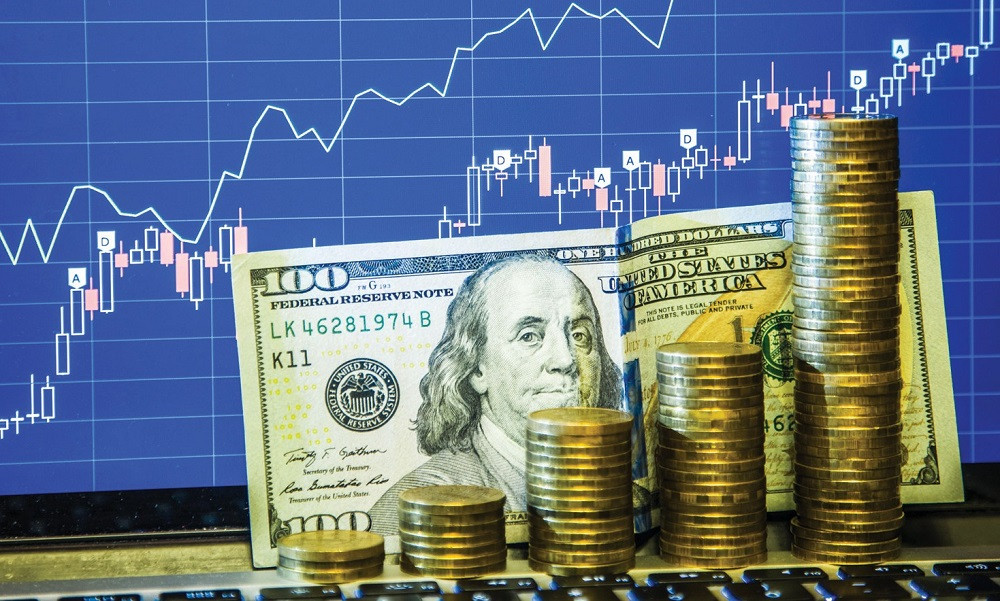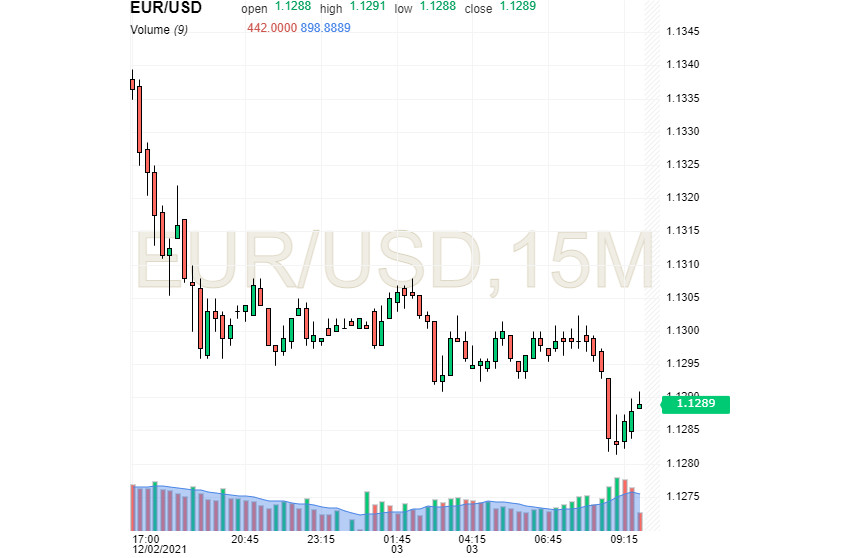
The US dollar is again undergoing a period of volatility, with rare periods of stability, as USD traders await the US labor market report.
Early on Friday, December 3, EUR/USD was trading at 1.1289, below the previous closing price of 1.1299. The US currency edged up slightly before the release of non-farm payrolls, fuelled by concerns over the new Omicron strain, which have now eased.

As markets remain relatively calm, the US dollar has strengthened its position in the run-up to the non-farm payroll release. Strong US labor market data would clear the way for the Federal Reserve to raise interest rates early, analysts say.
Recently, the US dollar has been moving largely under the influence of key interest rate changes, with safe-haven investment demand affecting it only negligibly. The American currency rate has been highly dependent on the global stock market - a new norm, according to some experts.
At this moment, the USD cash flow is determined by equity volatility, as well as risk hedging related to it. Earlier, the inverse correlation was in effect. The Fed's key interest rate is crucial for the market. The yield of US 2-year treasury bonds, which is closely connected with the Deutsche Bank volatility index, is used to determine the future rate. Amid spiraling inflation, investors expect an early rate hike, which would push up the bond yield and the US dollar.
The US non-farm payrolls are in focus at the end of the week. The unemployment rate is expected to go down to 4.5%, with non-farm employment projected to increase by 550,000. The amount of jobless claims fell below 2 million for the first time since the pandemic began.
Strong US labor market data are unlikely to propel the dollar upward, but it could limit the pessimistic sentiment over the spread of Omicron variant, and allow the Fed to go through with the plan to wind down QE and hike the rates in 2022.
While the markets remain somewhat volatile, with strong NFP expectations stabilizing it slightly, the greenback is likely to maintain upside potential. Satisfactory payroll data and the possibility of an earlier end of QE would push the dollar up.
According to an outlook by Goldman Sachs, the Fed is expected to raise interest rates by 25 basis points three times - in June, September, and December, followed by further monetary tightening. Downside risks for the global economy caused by Omicron would boost demand for USD as a safe-haven, giving it support, Goldman Sachs analysts note.





















